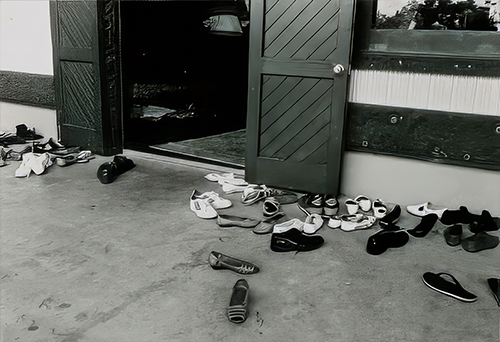
Lent is here again.
Retreat for a moment to remember your childhood.
-
- Sweets gather in an Agee jar in the cupboard.
- Fasting and abstinence are to the fore.
- Self-restraint in all things is the order of the day.
- No meat on Fridays.
- Strong determination to do something more worthwhile.
My strongest memory is that I have always celebrated my birthday during Lent!
Why did my parents choose early March as my birth date?
My image for the season of Lent is living with the blinds pulled down!
The word subdued comes to mind.
Sackcloth would be the Old Testament equivalent.
There are, however, I suggest some anomalies in our season of Lent.
The first is in the “liturgical sackcloth” we use. Our Lenten liturgical colour is purple, the same colour used most frequently during our ritual for the dead.
In antiquity, purple was one of the most challenging colours to produce, making it highly prized and often reserved for the elite.
The most famous purple dye, Tyrian purple, was derived from the mucous secretion of sea snails, particularly the Murex brandaris.
This painstaking process required thousands of snails to produce a tiny amount of dye, contributing to its high value and association with nobility and power.
The Roman emperors famously donned purple togas, symbolizing their supreme status.
The rare and expensive Tyrian dye of antiquity is now widely available through the synthetic pigments of the 19th century.
To this day purple is associated with royalty, wealth and power. If in doubt, Google search images of King Charles III and Queen Camilla waving to the gathered crowd immediately following his coronation!
Following his coronation at Westminster Abbey, Charles III retired to a side room and re-dressed in a specially made purple satin coronation tunic.
The second anomaly is the very word itself – Lent.
The word originates from the Old English word “lencten” which means Spring.
Spring is the season of new budding, of new growth.
It is the season of new colour, of freshness, of awakening.
It is the season of new lambs and calves, daffodils and tulips.
The world is anything but subdued. The world is noisy with new life.
The third anomaly, in my opinion, is our use of ashes.
If you participated in the Ash Wednesday liturgy and the ritual of the ashes, you may notice that an element of the usual Mass ritual was omitted, namely, the Penitential Rite.
The Penitential Rite has been replaced by the blessing and giving of ashes.
The ashes have been given a “penitential” feel. However, ashes are anything but penitential; wood ash provides potassium and lime, essential for healthy growth.
“When you fast do not put on a gloomy look as the hypocrites do: they pull long faces to let people know they are fasting.” (Mtt.6:16)




